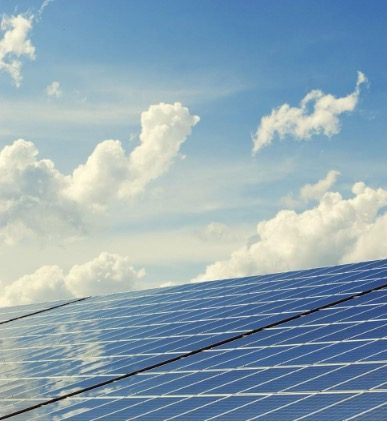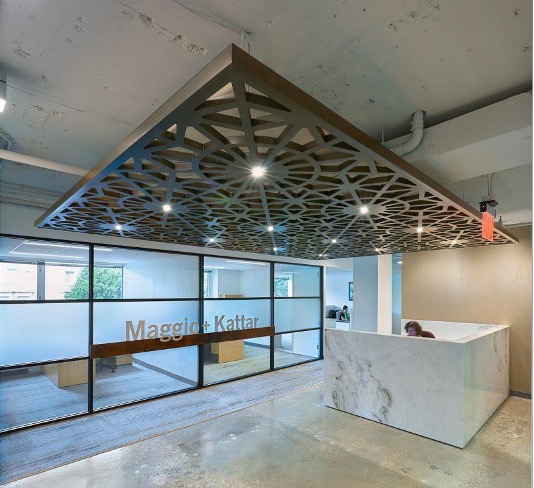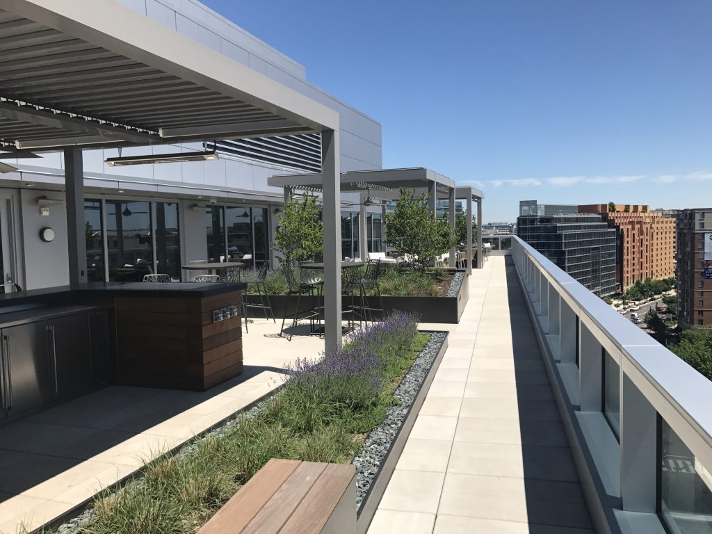Sustainability is quickly transforming from a nice-to-have benefit of commercial real estate buildings to an absolute necessity. A number of factors are driving this rapid shift:
- Rising demand for sustainable buildings among commercial tenants
- New environmental standards for commercial buildings
- The growing value of sustainable real estate
With remote work still holding steady for many companies, commercial buildings must make major advancements to attract tenants. Gone are the days of cold, dreary office buildings. Now, commercial tenants and their employees demand warm, inviting spaces that support wellness, creativity, and the local community.
In this article, we’ll explore the new trends in energy efficiency impacting the commercial real estate market and what this means for businesses.
5 Energy Efficient Trends in Commercial Real Estate Buildings
Renewable energy usage
According to the Office of Energy Efficiency & Renewable Energy, United States office buildings consume more energy than the entire country of Canada.
Using renewable energy sources like solar or wind not only reduces fossil fuel consumption but also offsets monthly energy costs by as much as 89% based on data from Energy Sage. With the costs of fossil fuels rising and inflation driving prices up for other office resources, commercial tenants should be prepared to invest in renewable energy.
For Nixon Peabody International LLP, our team led the charge on a new office buildout, complete with solar panels on the roof to power the more than 64,000 square foot building. As demand for renewable energy sources rises from employees and customers alike, renewable energy like solar panels will become the norm for commercial buildings.


Waste reduction
Another way companies can greatly reduce their carbon footprint is by reducing their output of waste and overuse of energy. Many companies, especially KGO’s past clients, have taken strides to reduce their paper waste by opting for e-billing and digital communication, but construction is one area where commercial real estate can achieve even greater efficiency.
Lumber usage contributes to deforestation and produces massive amounts of waste. The EPA reports that construction and demolition produced an estimated 600 million tons of debris in 2018, outpacing general municipal waste by double.
When Maggio + Kattar enlisted our help to project manage their new office build, we found that the prior tenant had left behind unused lumber and a sliding ladder. To reduce waste and introduce unique character to their office space, we incorporated these reclaimed materials into their design. The result was a creative build complete with salvaged materials.
Electric vehicle charging stations
Not only do commercial buildings themselves need to be optimized for energy efficiency, but they also need to support the energy-efficient lifestyles and workflows their tenants are starting to adopt.
Electric vehicle usage is growing, and surveys by the Pew Research Center show that nearly 40% of Americans are considering making the switch from gas to electric. In addition, one of the Biden administration’s top goals is to generate 50% electrical vehicle usage in the US by 2030.
To support that effort, they’ve set aside significant federal funds to manufacture vehicles, batteries, and chargers. As electric vehicle usage grows, so does the need for convenient charging stations–both at home and at work–meaning they’ll be an important amenity for commercial buildings and apartment complexes going forward.
One of KGO’s most ambitious projects to date is our effort to transform one client’s commercial truck fleet into a fully electric force. In our effort to bring that project to fruition, we’ll be designing and implementing the infrastructure needed to keep their electric fleet running.

Hybrid workspaces
Remote work isn’t going anywhere, but the need for a corporate home base holds strong as well. A Gallup survey reveals roughly 45% of Americans work remotely at least some of the time–with many of them doing so full time. That’s why many companies are adopting a hybrid work environment. A major benefit to downsizing the office space is reduced carbon emission since fewer people are commuting to work.
However, downsizing leaves companies with empty chairs, desks, and tons of unused technology. By partnering with an experienced team like KGO, companies can coordinate donations of items in good working order or recycle disposable items.

Make sustainable living a part of the corporate environment
Trendsetting companies like Google have already made the leap to eco-friendly workspaces, and now they’re focused on taking their sustainability practices to the next level.
They support productivity and wellness with sunlit green spaces where employees can collaborate, destress or just chat. They’re also leading the fray with truly creative and sustainable practices–using goats to trim grass and supplying their pantry with goods from local makers and farmers.
Sustainable living is a top priority for Millennials and Gen Z who also comprise a huge, and growing, portion of workers and the buying public. With commitment and creativity, companies can create sustainable workspaces that attract eco-conscious tenants and their workers.
At KGO, we have significant experience overseeing energy-efficient office design and building projects. Many of our clients choose to certify their buildings according to LEED standards, the most widely used green building rating system.
Contact us to incorporate environmentally friendly practices into your commercial real estate project.
